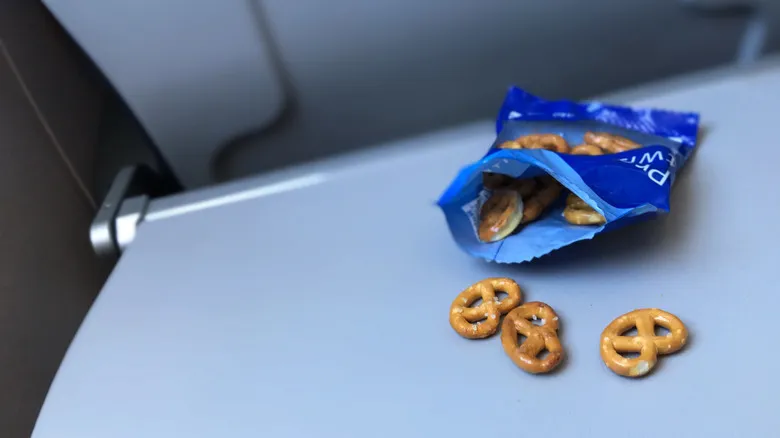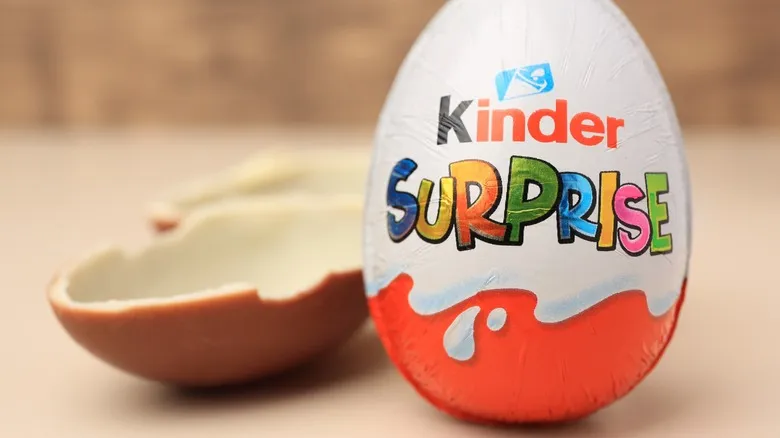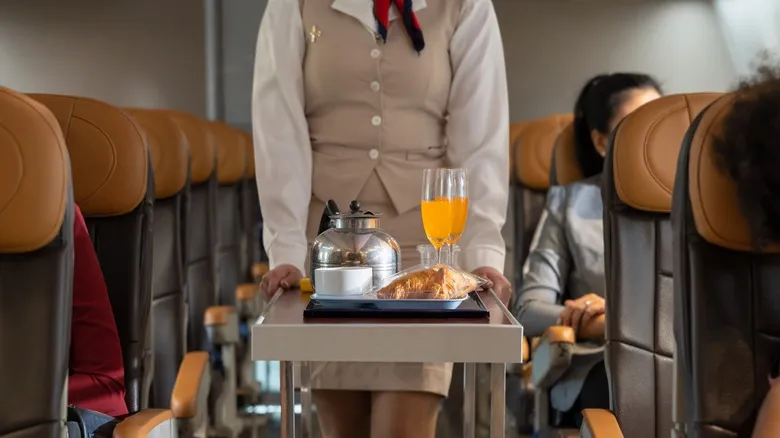The golden age of in-flight dining

In 1936, United Airlines introduced the first-ever airplane kitchen, allowing passengers to savor hot drinks and meals. Initially, United offered just two choices: fried chicken and scrambled eggs. By the 1940s, airlines started providing frozen meals that could be reheated during flights, a development that would later inspire the creation of TV dinners and mark the beginning of a new chapter in air travel.
The golden age of aviation spanned the 1950s to the 1960s, a period when flying was regarded as a glamorous affair. Air travel was predominantly for the affluent, featuring spacious cabins, comfortable seating, and cocktails. In-flight dining during this era resembled fine dining, with multiple courses served, including meats carved at the passenger's side from trolleys.
No airline showcased luxury dining quite like Pan Am. In the 1950s, they operated a fleet of seaplanes known as "Clippers." These large aircraft boasted dining rooms where passengers enjoyed meals on china plates. Many menu items drew inspiration from French bistros, offering dishes such as Boeuf Bourguignon and Pommes Anna, along with extensive cocktail selections. Meal services were deliberately elaborate to keep passengers entertained in an age before in-flight televisions and portable media devices. Best of all, these meals were complimentary, included in the ticket price. While dining service was a significant selling point for airlines back then, the situation has changed dramatically today.
Why airplane food is on the decline

The quality of airplane meals has significantly declined since the heyday of air travel, influenced by several factors. For many years, the U.S. government required airlines to include meals in the ticket price. This changed dramatically in 1978 when the deregulation of the U.S. airline industry allowed companies to make their own decisions. As a result, complimentary meals became obsolete, as airlines discovered they could profit from food sales while avoiding federal taxes on ticket prices.
The aviation sector, including in-flight dining, was also profoundly affected by the September 11 attacks in 2001. In the wake of the tragedy, fewer people were willing to fly, prompting airlines to cut costs wherever they could to offset their financial losses. Many airlines completely eliminated meal services, and over two decades later, they have yet to restore them to their previous standards. Nowadays, airlines have little financial motivation to provide meal services, except to attract first-class and business-class passengers.
Additionally, there is an inherent challenge with serving food on airplanes. The cabin environment diminishes taste perception, which is why first-class passengers often find themselves underappreciating fine wines. The initial allure of airline food was not just about the meals themselves, but rather the perception of air travel as an exciting and luxurious experience—an attitude that has faded over time. With reports suggesting that airplane coffee may be unsanitary, along with numerous other complaints, public sentiment towards airline food has shifted decidedly negative.
Recommended

13 Essential Ingredients You Need To Make Great Ethiopian Food

Why Kinder Surprise Eggs Are Illegal In The United States

One Man Hated Manhattan Clam Chowder So Much He Tried To Make It Illegal In Maine

The Meteoric Rise, Fall, And Return Of Wonder Bread
Next up

